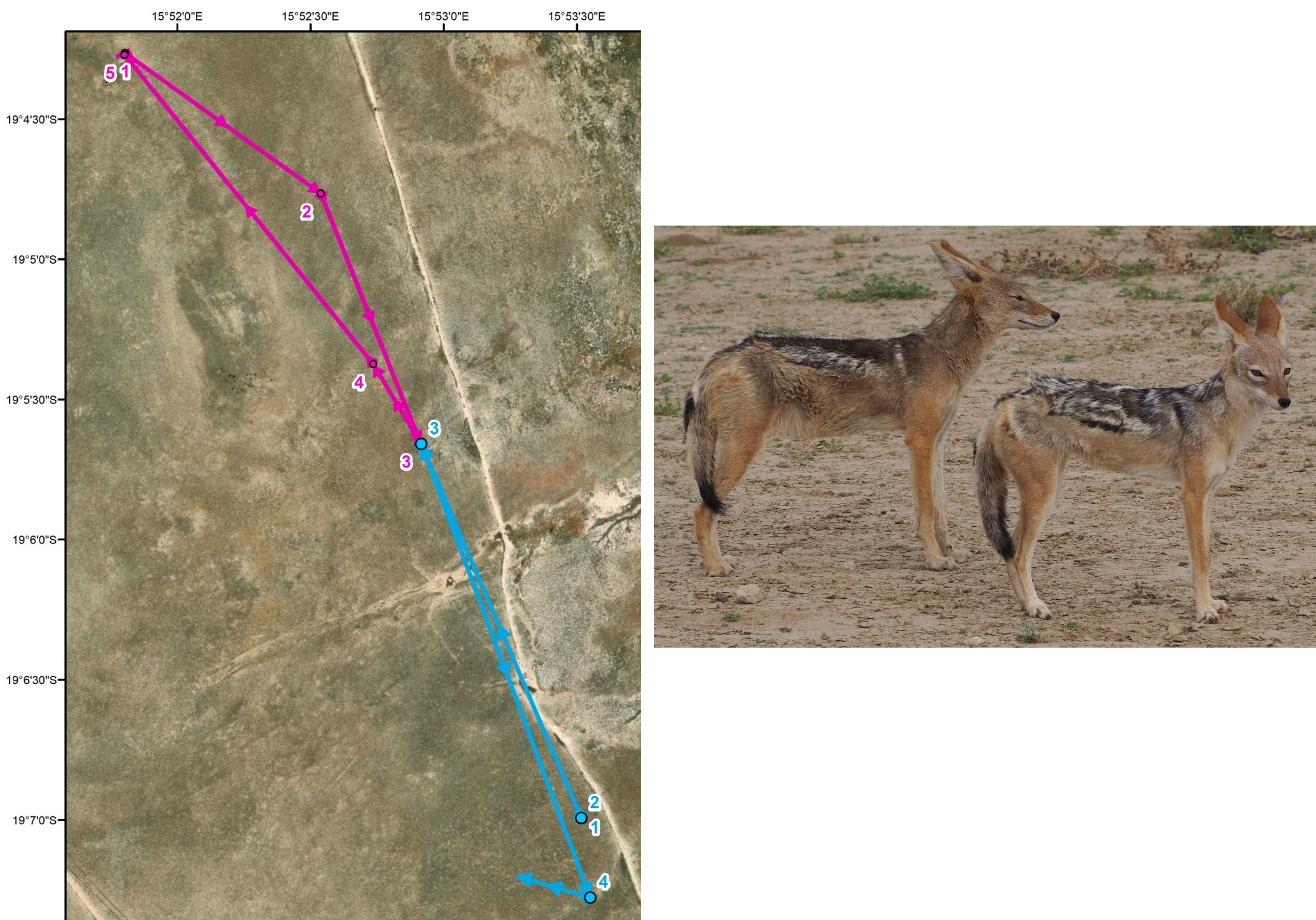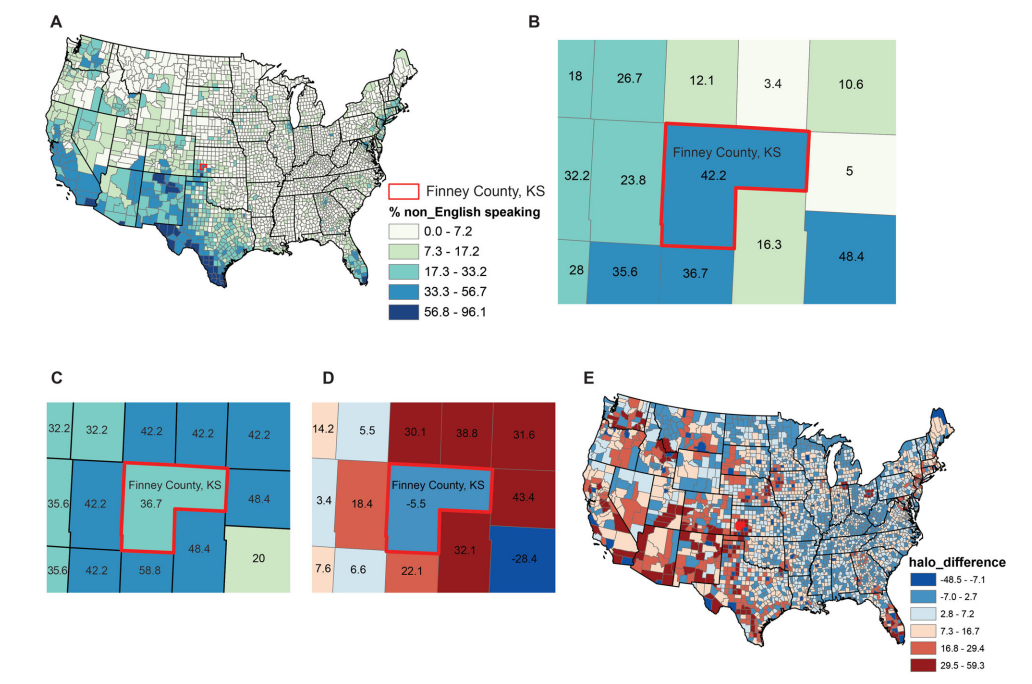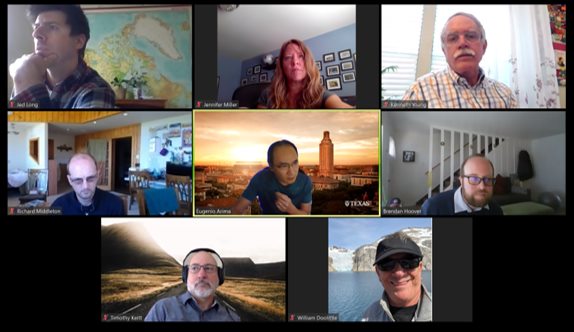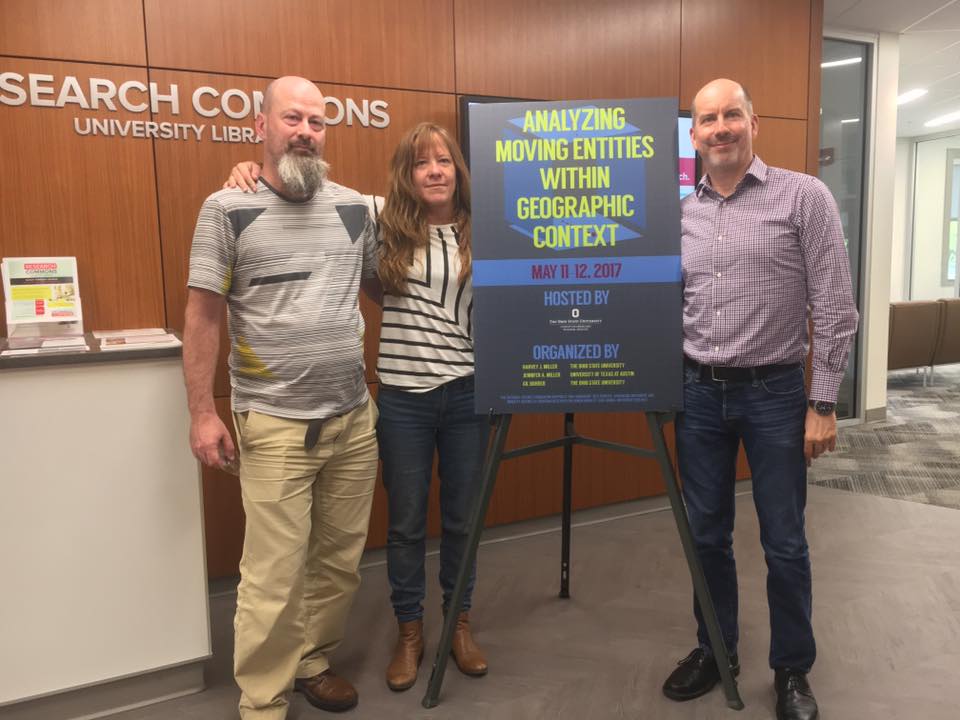Opportunity: 1-3 years post-doctoral position using species distribution models to track movement of pollen. This opportunity will be in the Geography Department at UT-Austin but part of a collaborative project with the Biology Department at UT, Arizona State University, and Emory University.
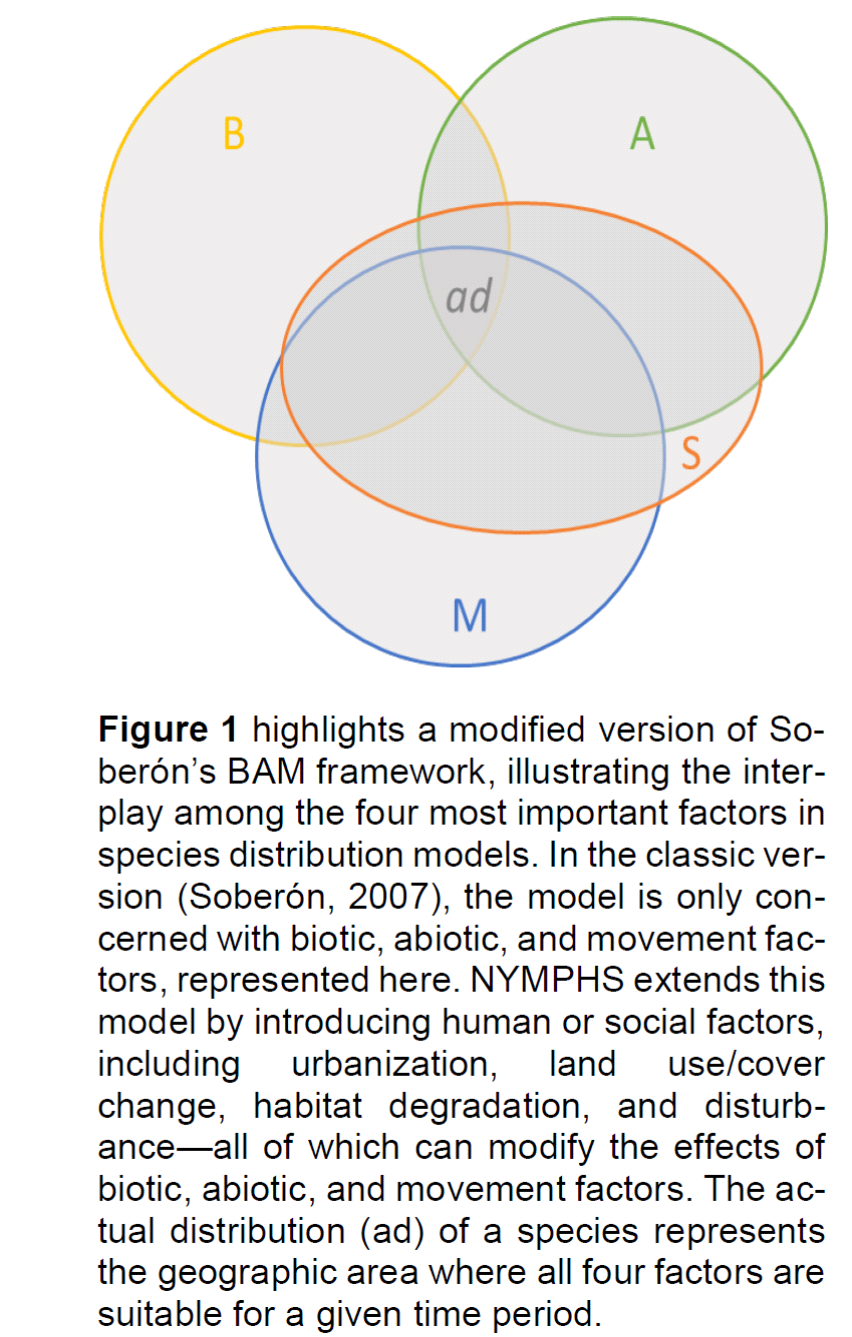
Responsibilities: This (potentially) 5 year project is focused on forensic palynology (NYMPHS) The post-doc position will primarily be involved in developing models that incorporate ‘movement’ (dispersal, accessibility) and human impacts, in addition to biotic and abiotic factors (see figure 1) in order to model the distribution of pollen and pollinators. Ultimately, we are interested in developing a geocomputation toolbox that is capable of predicting the movement paths of forensic pollen samples over space and time.
Experience: Ideal candidates will have PhD in Geography, Ecology/Biology, or similar discipline with excellent statistical and data management skills. In particular, we are looking for candidates with extensive experience using R for species distribution models (preferably experience using BIOMOD2 or similar ensemble forecasting package). Additional experience and interest in pollen/pollinator networks, data science, and/or GIScience is preferred. Candidate should also have a strong publication record and ability to work in a collaborative research environment.
Location: The University of Texas at Austin, one of the biggest and best research universities in the world, is located in the dynamic capitol city of Austin, recently named the best place to live in America for the 2nd year in a row. The position will be in the Department of Geography and the Environment.
More information: Start date can be as soon as March 2020 (negotiable). To apply, please send a single .PDF document with your CV, cover letter outlining your relevant experience and when you could start, and names and contact information for three references. For more information, contact Jennifer A Miller
 Jennifer A Miller is Professor of GIScience and Chair of the Department of Geography and the Environment at the University of Texas at Austin. She joined the faculty at UT-Austin in 2007 after four years at West Virginia University.
Jennifer A Miller is Professor of GIScience and Chair of the Department of Geography and the Environment at the University of Texas at Austin. She joined the faculty at UT-Austin in 2007 after four years at West Virginia University.
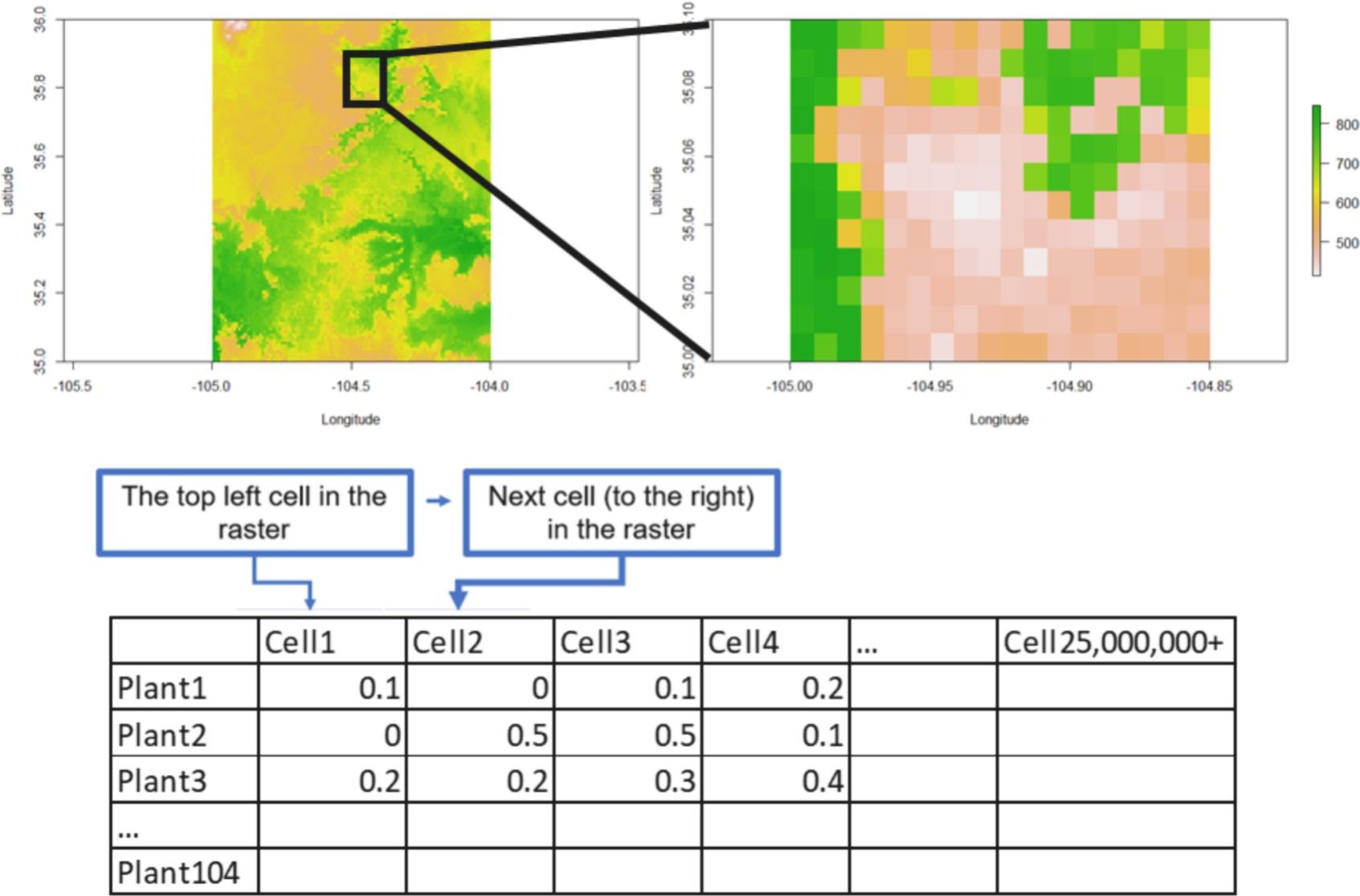 that further refined the GOFIND model using modified social network analysis tools.
that further refined the GOFIND model using modified social network analysis tools.